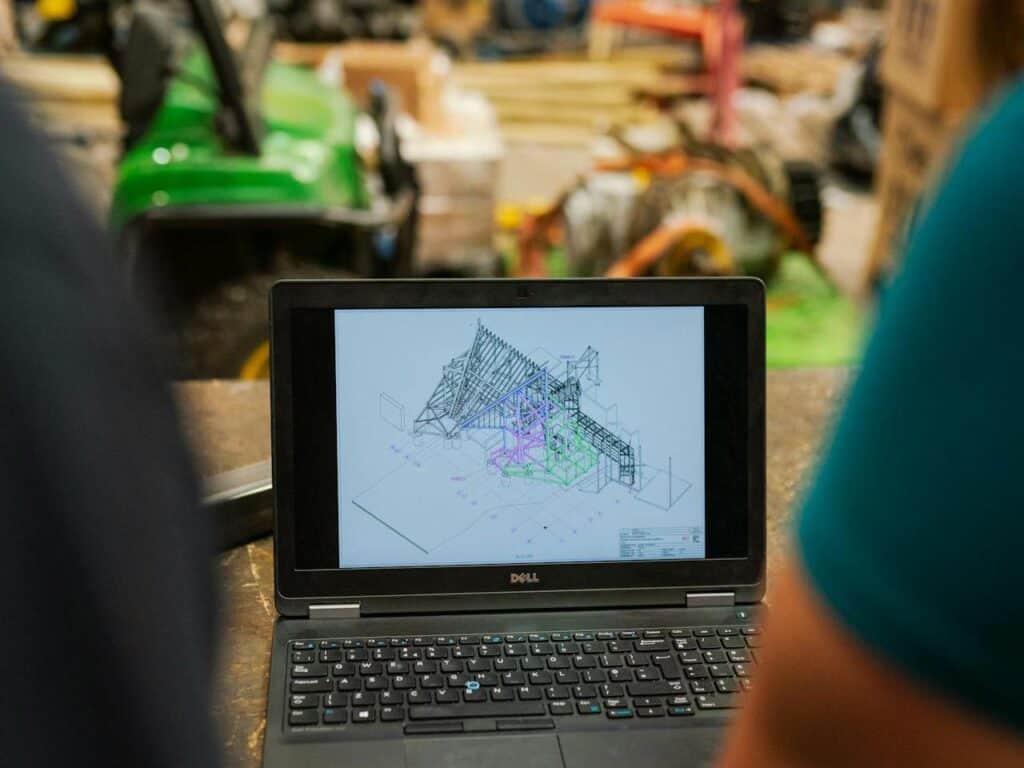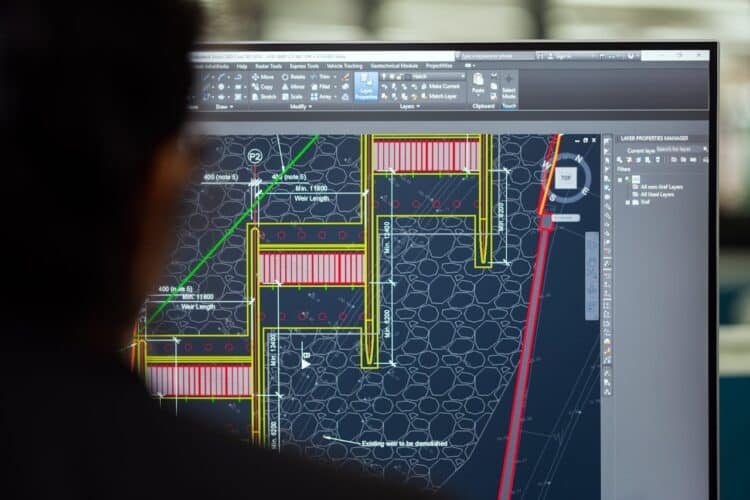Infrastructure engineering is at a pivotal moment, facing unprecedented challenges due to increasing demands for resilient and efficient systems. From expanding energy grids and modernising transportation networks to retrofitting existing structures to meet sustainable development goals, the tasks ahead require massive investments—trillions of dollars and decades of effort.
However, the industry is grappling with a significant paradox: while the need for skilled engineers is soaring, the workforce is shrinking, leading to growing backlogs and unfulfilled projects.
Nicholas Cumins, CEO of Bentley Systems, emphasises that “the future of infrastructure engineering is open.” This openness is essential, particularly in a landscape where data is abundant yet underutilized.

"Today, assets generate vast amounts of data—gigabytes daily from sensors on bridges, utility networks, and various other systems." Nicholas Cumins
Surprisingly, only a small fraction of this data is analysed, with estimates suggesting that as little as 10% is effectively utilised. This discrepancy highlights a crucial challenge: how can the infrastructure sector harness the wealth of available data to inform decision-making and improve project outcomes?
To address this challenge, Cumins says the industry must shift toward a more integrated and collaborative approach to data management. The key lies in creating a robust data ecosystem that allows diverse tools and platforms to interact seamlessly. "This is especially vital given the long lifecycles of infrastructure projects, which can span 50 years or more," he added.
He noted that during these lifecycles, the software and platforms used to manage assets evolve. "By fostering openness in these systems, organisations can adopt new technologies while maintaining access to historical data, ensuring that past insights inform future decisions," he posited.
A critical component of this data-driven transformation is Bentley’s Base Infrastructure Schema, a mature, open-source framework developed over the past decade. This schema not only facilitates data exchange but also ensures that the data’s meaning is preserved and understood across different platforms.

By organising information related to materials, structures, and subsurface data, Bentley’s schema empowers engineers and organisations to reuse and derive maximum value from their data. This structured approach allows infrastructure teams to collaborate more effectively, ultimately leading to better-informed decisions.
Cumins points to the partnership between Bentley and Google as a prime example of how to expand the boundaries of openness in infrastructure. By integrating Google’s extensive geospatial data with Bentley’s engineering applications, the two companies are transforming how infrastructure projects are planned and executed.
"Google’s unmatched scale of geospatial data, combined with Bentley’s engineering expertise, creates a comprehensive ecosystem where data flows seamlessly, offering users actionable insights that can significantly enhance project outcomes." Nicholas Cumins
Imagine a large urban development project that requires coordination among various infrastructure systems—roads, bridges, energy, and water networks. By leveraging Google’s rich 3D geospatial data alongside Bentley’s Cesium technology and iTwin platform, stakeholders can visualise their assets in a real-world context.
Cumin says the integration enables teams to make informed decisions about design, operations, and maintenance, ultimately reducing the risk of service outages and improving project success rates.
He added that the collaboration between Bentley and Google underscores a fundamental truth in the field of infrastructure engineering: no single vendor can tackle the complexities of today’s challenges alone.
"By combining the strengths of Bentley’s industry-leading software with Google’s unparalleled geospatial data, they are paving the way for an open ecosystem that provides organisations with the tools, data, and insights needed to thrive in a rapidly evolving landscape," he continued.
Looking ahead, the future of infrastructure engineering will be characterised by flexibility, collaboration, and a strong foundation built on shared data. This openness will not only enhance operational efficiency but also drive innovation within the industry. Cumins asserted Bentley is committed to leading this charge, developing applications and solutions that meet the evolving needs of infrastructure engineering.
In conclusion, the digital transformation in infrastructure engineering is not just about adopting new technologies; it is about fostering an environment where data can be shared securely and insights can be derived collaboratively.
"By embracing openness and leveraging the power of data, the infrastructure sector can rise to meet the significant challenges ahead, ensuring that our systems are not only resilient but also capable of supporting sustainable development for generations to come," concluded Cumins.

Editor's note: The above write-up is derived from Nicholas Cumins' presentation, The Future of Infrastructure Engineering is Open, presented during his keynote at the 2024 Year in Infrastructure Conference, held in Vancouver, Canada.



